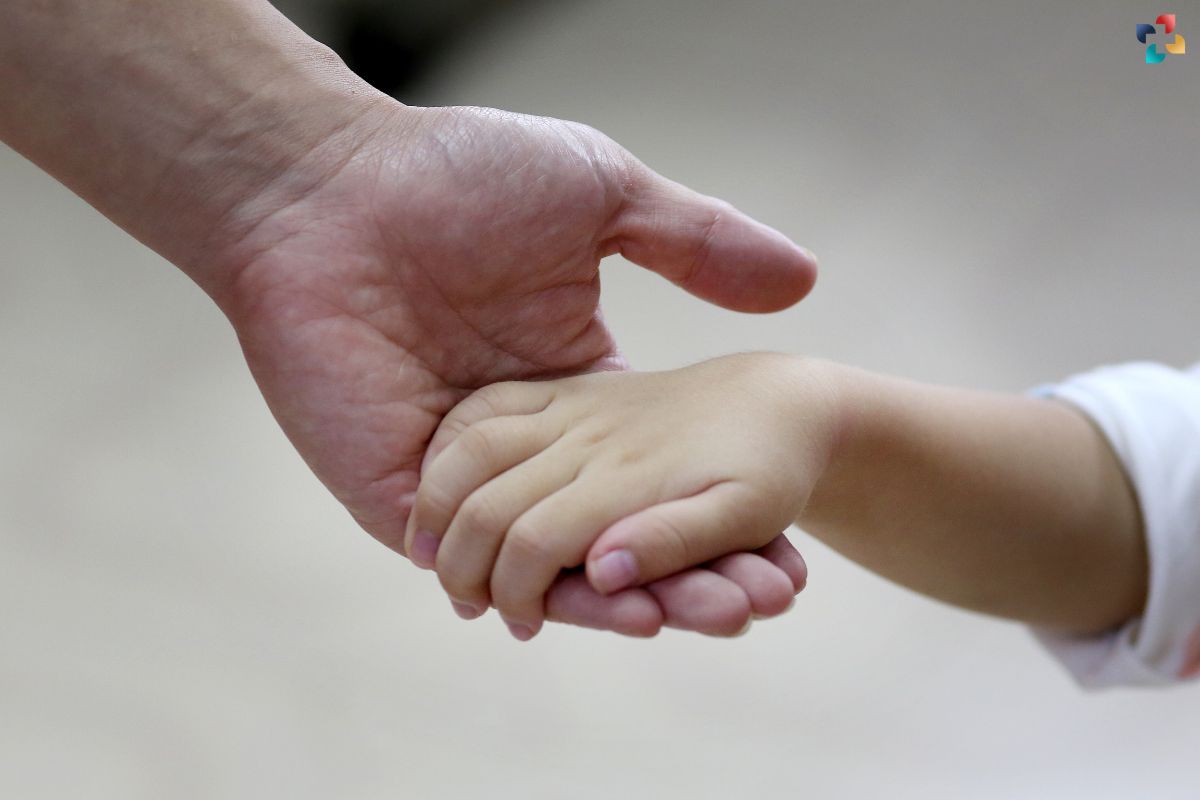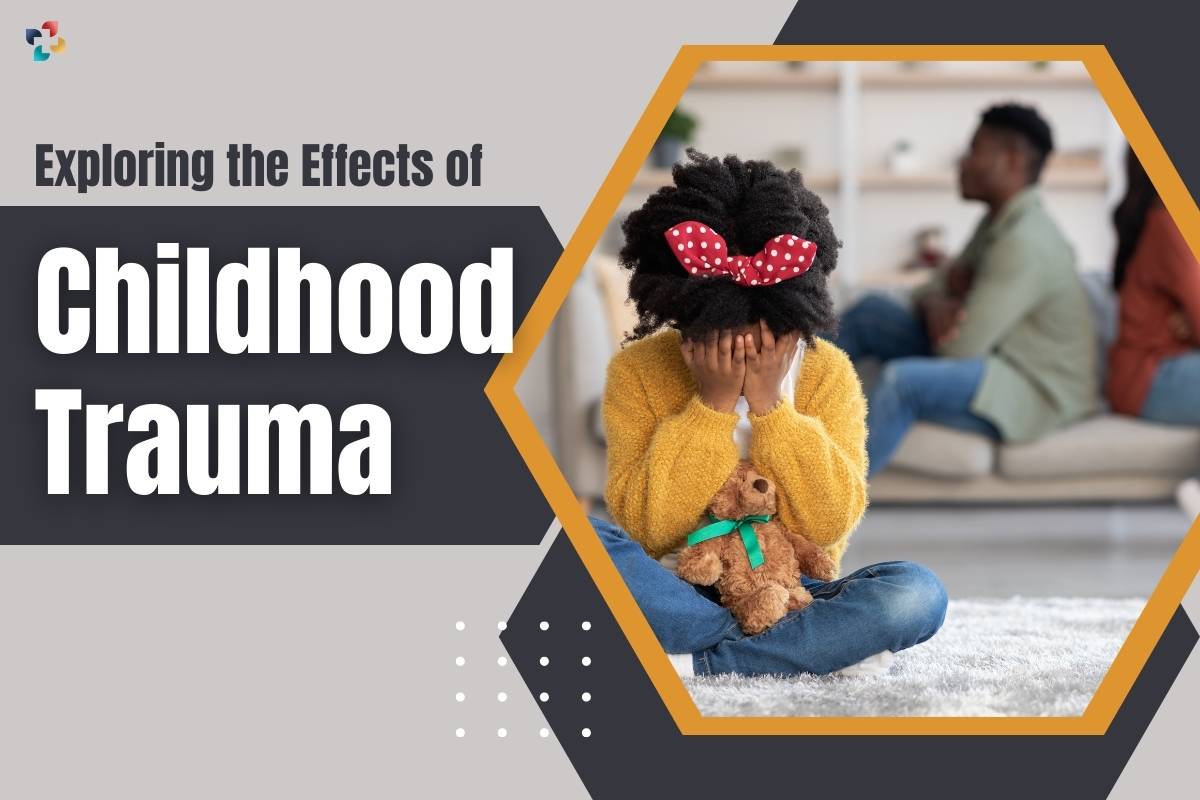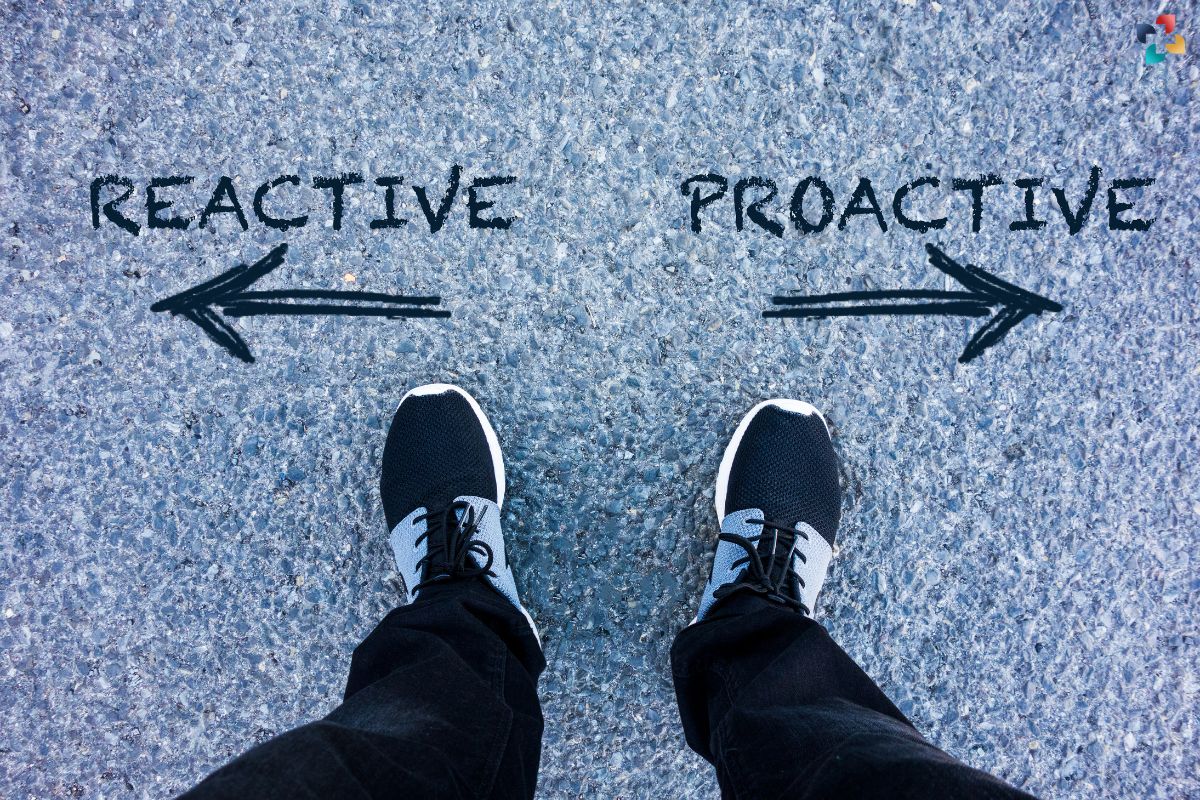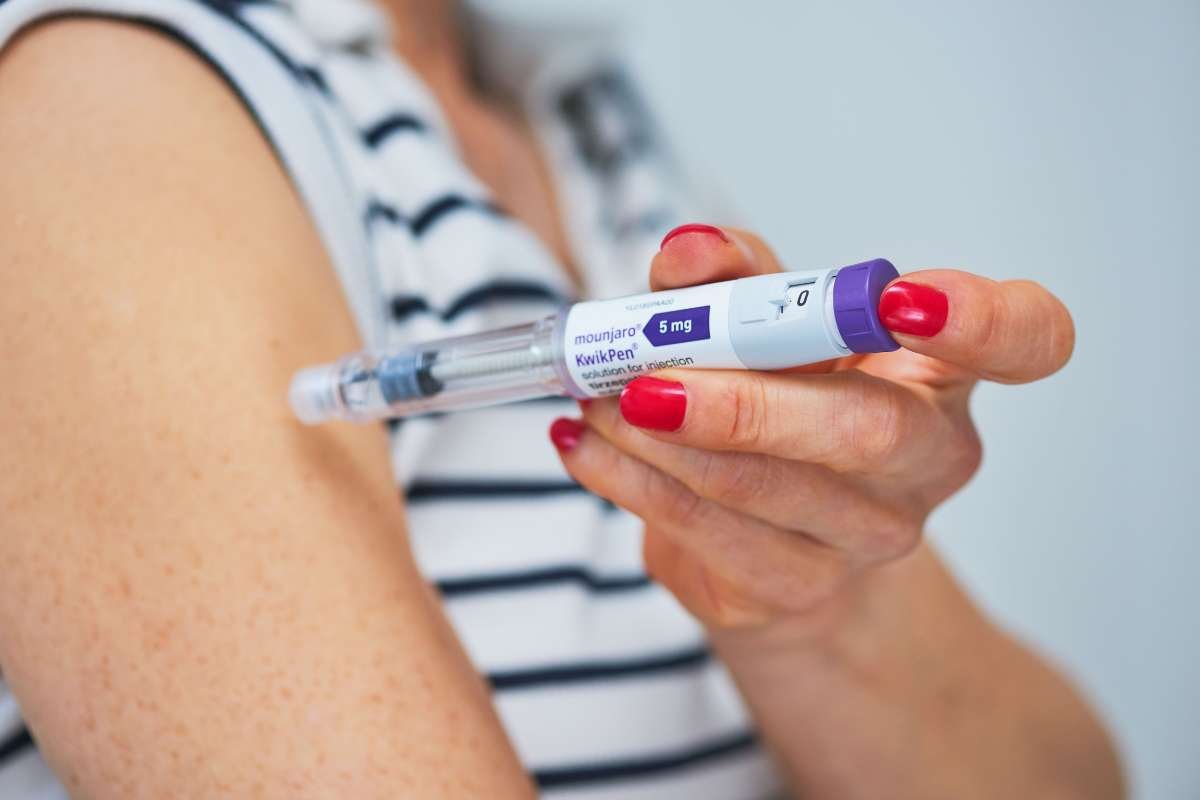Reactive Attachment Disorder (RAD) is a complex and often misunderstood mental health condition that typically begins in early childhood. Characterized by difficulties in forming healthy emotional bonds with caregivers, RAD can have long-lasting effects on an individual’s emotional and social development. This article delves into the intricacies of Reactive Attachment Disorder, its causes, symptoms, diagnosis, and treatment options, offering a comprehensive guide for parents, caregivers, and mental health professionals.
Understanding Reactive Attachment Disorder
It is classified as a disorder of social functioning that stems from a child’s experiences during their formative years, particularly in relation to their primary caregivers. It is categorized under the trauma- and stressor-related disorders in the Diagnostic and Statistical Manual of Mental Disorders, Fifth Edition (DSM-5). Children with RAD have experienced significant neglect, abuse, or a lack of consistent caregiving, which disrupts their ability to form secure attachments.
Causes and Risk Factors
The primary cause of Reactive Attachment Disorder is severe early childhood neglect or mistreatment. This can occur in various settings, such as:
- Orphanages or institutions: Children raised in environments where they do not receive individualized attention and care are at a high risk of developing RAD.
- Foster care: Frequent changes in foster placements can lead to instability and hinder the development of secure attachments.
- Abusive households: Physical, emotional, or sexual abuse disrupts a child’s ability to trust caregivers and form healthy bonds.
Other risk factors include prolonged separation from primary caregivers, maternal depression, or the presence of other mental health disorders within the family.
Identifying Symptoms of Reactive Attachment Disorder
Recognizing Reactive Attachment Disorder requires a keen understanding of its varied symptoms. These can manifest in two primary forms: inhibited and disinhibited.
Inhibited RAD
Children with inhibited RAD are often withdrawn and emotionally unresponsive. They may exhibit the following behaviors:
- Minimal social interaction: They avoid engaging with caregivers or peers and show little interest in social activities.
- Difficulty seeking comfort: When distressed, these children do not seek comfort from caregivers, appearing emotionally detached.
- Limited positive affect: They seldom display emotions such as joy or excitement and may appear indifferent or unresponsive to positive interactions.

Disinhibited RAD
In contrast, children with disinhibited RAD are overly friendly and indiscriminately sociable. Their symptoms include:
- Inappropriate familiarity with strangers: They may approach and interact with unknown adults with an overly familiar and superficial manner.
- Lack of selective attachment: They do not show a preference for primary caregivers over strangers, treating all adults with the same level of familiarity.
- Attention-seeking behavior: These children may engage in behaviors designed to elicit attention from any available adult, regardless of the context.
Diagnosis of Reactive Attachment Disorder
Diagnosing RAD requires a comprehensive evaluation by a qualified mental health professional. The process typically involves:
- Clinical interviews: Conversations with the child, caregivers, and other relevant parties to gather detailed information about the child’s history and behavior.
- Behavioral observation: Direct observation of the child’s interactions and behaviors in various settings to assess attachment patterns.
- Standardized assessments: Utilizing diagnostic tools and questionnaires designed to evaluate attachment and social functioning.
It is crucial to differentiate RAD from other conditions with similar symptoms, such as autism spectrum disorder, social anxiety disorder, or other developmental disorders.
Treatment Options for Reactive Attachment Disorder
Treating RAD involves a multi-faceted approach that addresses the child’s emotional, social, and psychological needs. Effective treatment plans may include:
1. Therapeutic Interventions
- Attachment-based therapy: This form of therapy focuses on strengthening the bond between the child and their caregiver. Techniques include play therapy, filial therapy, and other interventions designed to foster secure attachments.
- Cognitive-behavioral therapy (CBT): CBT helps children and caregivers understand and modify negative thought patterns and behaviors that contribute to RAD.
- Family therapy: Involving the entire family in therapy can help improve communication, resolve conflicts, and create a supportive home environment.
2. Educational Support

- Special education services: Children with RAD may benefit from individualized education plans (IEPs) that provide tailored support in school settings.
- Behavioral interventions: Implementing strategies to manage disruptive behaviors and promote positive social interactions in educational environments.
3. Parenting Education and Support
- Training for caregivers: Educating caregivers on effective parenting strategies, attachment-promoting techniques, and how to respond to challenging behaviors.
- Support groups: Providing a network of support for caregivers to share experiences, gain insights, and receive emotional support.
Long-term Outlook for Individuals with Reactive Attachment Disorder
The long-term prognosis for individuals with RAD varies depending on the severity of the condition, the quality of interventions received, and the presence of a stable, supportive environment. With appropriate treatment, many children with RAD can develop healthier attachment patterns and improve their social and emotional functioning.
Challenges and Considerations

- Adolescence and adulthood: Individuals with unresolved RAD may continue to struggle with relationships, emotional regulation, and self-esteem into adolescence and adulthood.
- Co-occurring disorders: RAD often coexists with other mental health conditions, such as anxiety disorders, depression, or conduct disorders, which require concurrent treatment.
Conclusion
Reactive Attachment Disorder is a serious and complex condition that necessitates early identification and intervention. Understanding the causes, recognizing the symptoms, and implementing comprehensive treatment plans are crucial steps in supporting children with RAD and helping them develop healthy, secure attachments. By fostering a stable and nurturing environment, caregivers and mental health professionals can make a significant difference in the lives of those affected by Reactive Attachment Disorder, paving the way for a brighter and more connected future.

Exploring the Effects of Childhood Trauma
We examine the complex impacts of childhood trauma in-depth in this investigation, highlighting the difficulties people may encounter and the value of trauma-informed care in promoting recovery and resilience.
FAQs about Reactive Attachment Disorder
1. What is Reactive Attachment Disorder?
Ans: RAD is a condition characterized by difficulties in forming healthy emotional bonds with caregivers. It typically stems from severe neglect, abuse, or inconsistent caregiving during early childhood, leading to significant social and emotional challenges.
2. How is Reactive Attachment Disorder diagnosed?
Ans: RAD is diagnosed through a comprehensive evaluation by a mental health professional. This process includes clinical interviews, behavioral observations, and standardized assessments to gather detailed information about the child’s history, behavior, and attachment patterns.
3. Can Reactive Attachment Disorder be treated?
Ans: Yes, RAD can be treated with a combination of therapeutic interventions, educational support, and parenting education. Effective treatment plans may include attachment-based therapy, cognitive-behavioral therapy (CBT), family therapy, and special education services.
4. What are the main symptoms of Reactive Attachment Disorder?
Ans: Symptoms of RAD can manifest in two primary forms: inhibited and disinhibited. Inhibited RAD is characterized by withdrawal, minimal social interaction, and difficulty seeking comfort. Disinhibited RAD involves inappropriate familiarity with strangers, lack of selective attachment, and attention-seeking behavior.
5. What are the long-term effects of Reactive Attachment Disorder if left untreated?
Ans: If left untreated, RAD can lead to persistent difficulties in forming healthy relationships, emotional regulation, and self-esteem. It may also co-occur with other mental health conditions, such as anxiety disorders, depression, or conduct disorders, complicating the individual’s social and emotional development.







